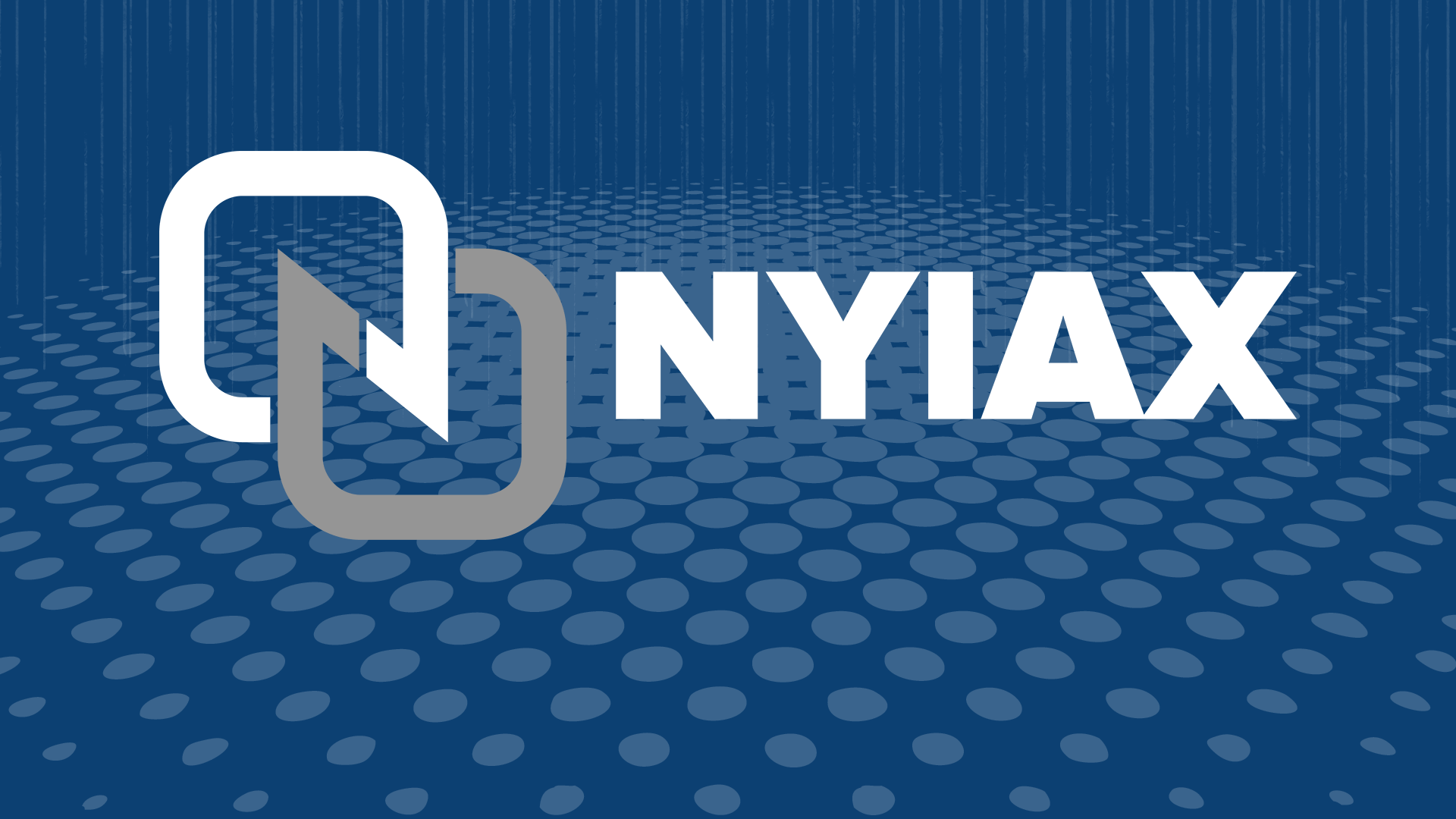For emerging ad exchange NYIAX, it’s back to the future
Now in a pilot, NYIAX adapts Nasdaq tech, future ad contracts and blockchain to power a new approach for buying and selling digital ads.
There are a variety of ways to solve the ad tech transparency problem. But, for a new ad exchange, it comes down to combining an old solution with a new one.
The exchange, called the New York Interactive Advertising Exchange or NYIAX, has been in a pilot phase since February and expects to be open for business by the end of this year.
The old-style solution it employs: future guaranteed contracts for ad inventory or targeted impressions — essentially, an insertion order for some point later. NYIAX Chief Product and Technology Officer Richard Bush told me that, to his knowledge, NYIAX is the first exchange to specifically provide a marketplace for future ad contracts at guaranteed prices, a throwback in this age of ad decisioning and servicing that happens in a fraction of a second.
But programmatic platforms have left many advertisers and publishers scratching their heads as to what is actually taking place, whether they are getting what they paid for, and if the middlemen are ripping them off.
By buying and selling ad space and impressions for a future date, each party clearly understands what is happening, when and where. Although it’s not real-time bidding, an advertiser can still target impressions at, say, site visitors on the West Coast who have recently looked at travel deals. Or the advertiser can buy ad space on a travel site.
It’s just that it’s going to happen in a few hours, days or weeks, not in the next millisecond. Bush said that the advertiser usually brings the data for targeting, such as with a data management platform (DMP), and the publisher usually provides the ad server.
The NYIAX platform uses a customized version of transactional technology from the Nasdaq Stock Market. NYIAX has added a user interface plus middleware that integrates with existing components of the ad tech ecosystem, like demand side platforms, ad exchanges, DMPs and ad servers. Through the exchange, the advertiser or agency can plan, transact and deliver the ads, or the publisher can make their inventory and targeted users available.
That’s the part of the NYIAX solution that draws on the past. The forward-looking part is that it utilizes the emerging blockchain technology.
On the drawing board: TV ads
To date, blockchain is best known as the foundational tech underlying the crypto-currency bitcoin. But bitcoins are only one application that can be built on blockchain, which is essentially a distributed ledger that its proponents says immutably and automatically records all steps in a given transaction.
For advertisers and publishers, this kind of built-in tracking could go a long way to remove the “unknown middle” that characterizes the current programmatic ad environment. The transaction tracking includes that the ad is delivered, but not whether it is viewable.
“Because we’re working with blockchains and enabling direct transactions,” Bush said, “we will enable a level of transparency that has been missing. We’re recording all these transactions in the blockchain, and can share the numbers.”
Blockchains can also be employed to record a contract, which can then implement its own terms, a kind of document that is also a kind of application. But Bush said that NYIAX is focusing for the moment on blockchain’s capabilities as a distributed ledger, with self-implementing smart contracts a possibility for the future.
Other future possibilities for NYIAX include expanding to more kinds of advertising inventory, such as for TV.
NYIAX is one of several pioneering projects that are attempting to harness blockchain tech to solve some of digital advertising’s issues. Others include Over-the-Top TV ad firm MadHive and the demand-side platform HubDSP.
About 40 companies — including advertisers, agencies and publishers — are currently participating in the NYIAX pilot, of which Bush said he could only mention Space.com publisher Purch. So far, there are no stats or public comments by participants on whether this old-plus-new approach works better than other solutions have.
Opinions expressed in this article are those of the guest author and not necessarily MarTech. Staff authors are listed here.
Related stories
New on MarTech
